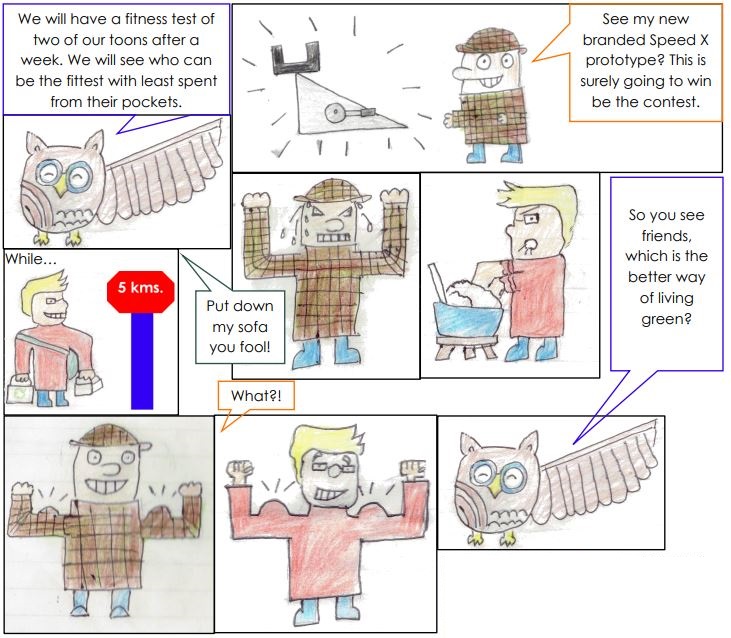
Green Living
Our Environment

763 views
0 likes
You will need to sign in before you can comment or like.
 Green-living refers to the lifestyle that would have no or the least negative impact on our environment. One of the many ways of living green is by reducing unnecessary consumption and wastage. Our lifestyle should contribute to the conservation and preservation of the Earth's natural resources, habitats and biodiversity.
Green-living refers to the lifestyle that would have no or the least negative impact on our environment. One of the many ways of living green is by reducing unnecessary consumption and wastage. Our lifestyle should contribute to the conservation and preservation of the Earth's natural resources, habitats and biodiversity.
Many of us are misinformed about green living, which has resulted in green-washing. Greenwashing means the use and production of unnecessary, wasteful and unsustainable materials with the false promise of being green.
Some examples of such green-washing are:
- Paper towels made completely or partially of recycled materials: Paper towels, no matter what they are made of, are almost always unnecessary and wasteful.
- Compostable disposable dishes: Composting something doesn't negate the effect of continual mass production and shipment of single-use products.
- Water bottle companies producing bottles with less plastic: No amount of plastic bottle waste is okay, especially when much better options exist.
- A new fall line of clothing made from organic cotton: Most highly fashionable clothing is out of fashion quickly and rarely worn long enough to be considered sustainable.
- Biofuel made from ethanol: Ethanol is a corn-based product. Not only does it use land area that could be used for natural habitat or food production, it requires the use of over 1 gallon of oil to produce 1 gallon of ethanol.
For a green living lifestyle, we need to know/or ask ourselves “What are we sustaining”. We must avoid sustaining unhealthy foods or agricultural systems or social system that takes us further away from our goal (of green living). We should remind ourselves that our goal, of a sustainable environment, could be achieved by reducing our energy consumption and following a healthier and reasonable/rational living.
Comments